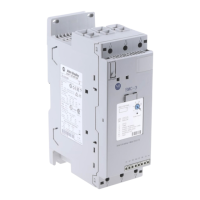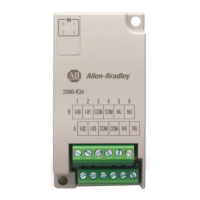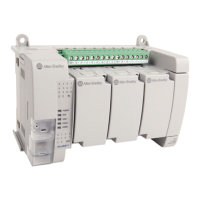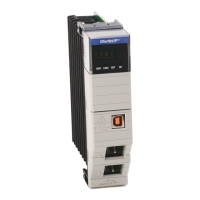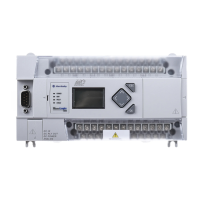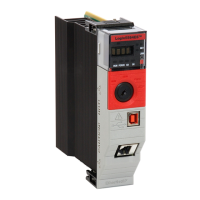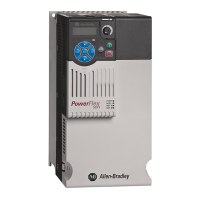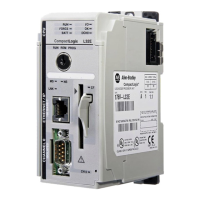48 Rockwell Automation Publication ICSTT-RM406J-EN-P - February 2021
Chapter 5 Troubleshooting and Rectifying Module Faults
3. Insert a new battery, orientate it the positive (+) terminal to the right.
Trap the ribbon behind the new battery so it can be removed in the
future and then push the battery into the holder.
4. Put the cover back and secure it with the cross head screw.
5. Push the Fault Reset button on the processor module. The processor
Healthy status indicator will go green (applies if the module is part of a
running system).
If the battery is replaced when more than one processor module is installed
then the processor clock will be updated automatically through
synchronization.
If you have previously set up SNTP when you set up your processor module
then the clock will be reset to the current time automatically. If you have not
set up SNTP it is recommended that you do so, as this will not only reset the
processor clock but will also keep the time accurately during operation. Refer
to the applicable publication for SNTP setup instructions:
• AADvance Controller Configuration Guide Workbench 1.x, publication
ICSTT-RM405
• AADvance Controller Configuration Guide Workbench 2.x, publication
ICSTT-RM458
• AADvance®-Trusted® SIS Workstation software User Guide,
publication ICSTT-UM002
The following applies:
• If the battery is replaced when only one processor module is installed and
the processor module is not powered up and SNTP has not been set up,
you must set the clock to the current time as soon as practicable.
• The battery does not do any function while the processor module is
powered and the application is running. The Processor’s Real Time Clock
provides Date and Time data for SOE functions and also for the
Processor diagnostic log entries.
The specific functions that the battery maintains on complete loss of power are
the following:
• Real Time Clock – The battery provides power to the RTC chip itself.
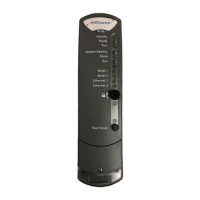
